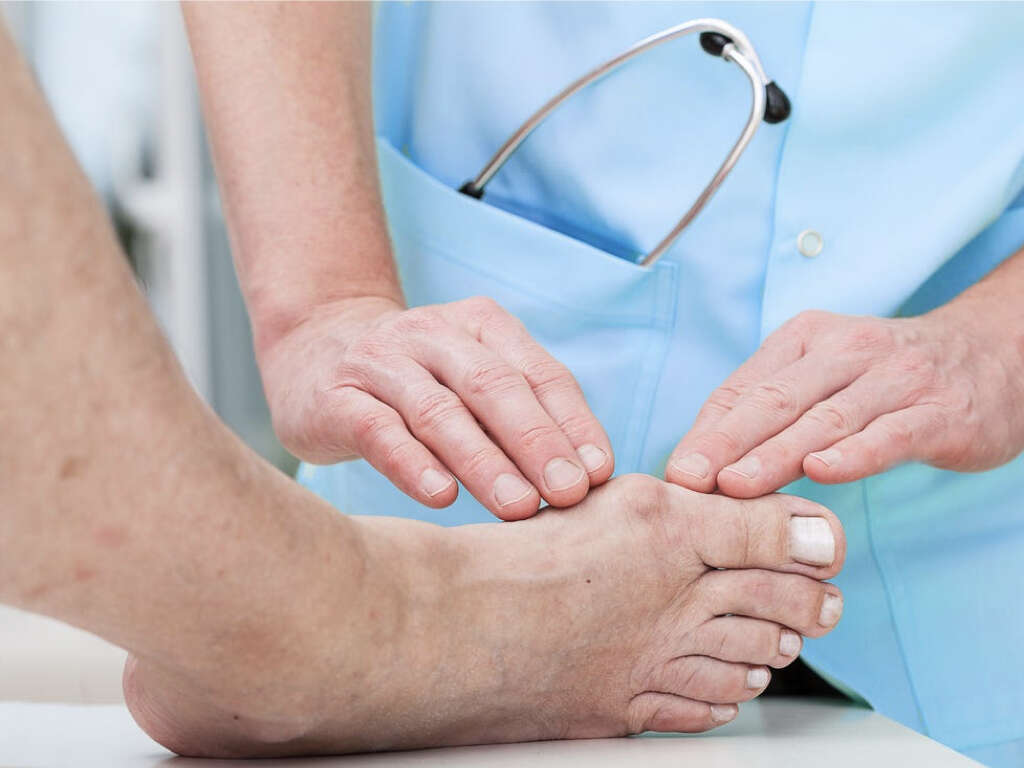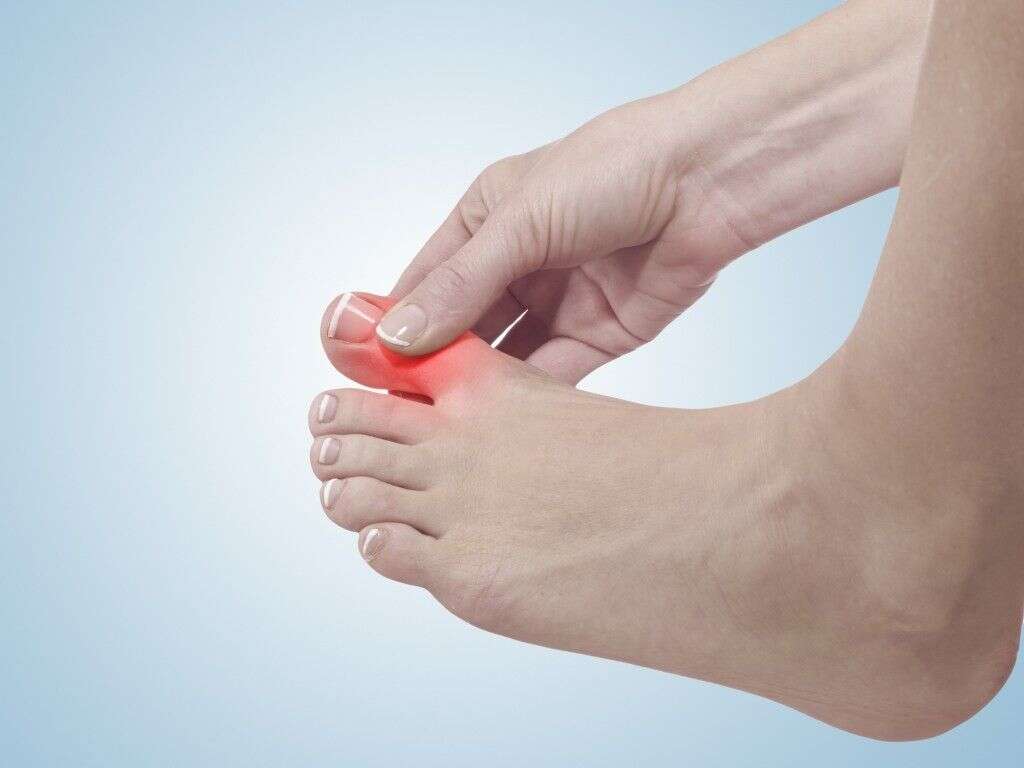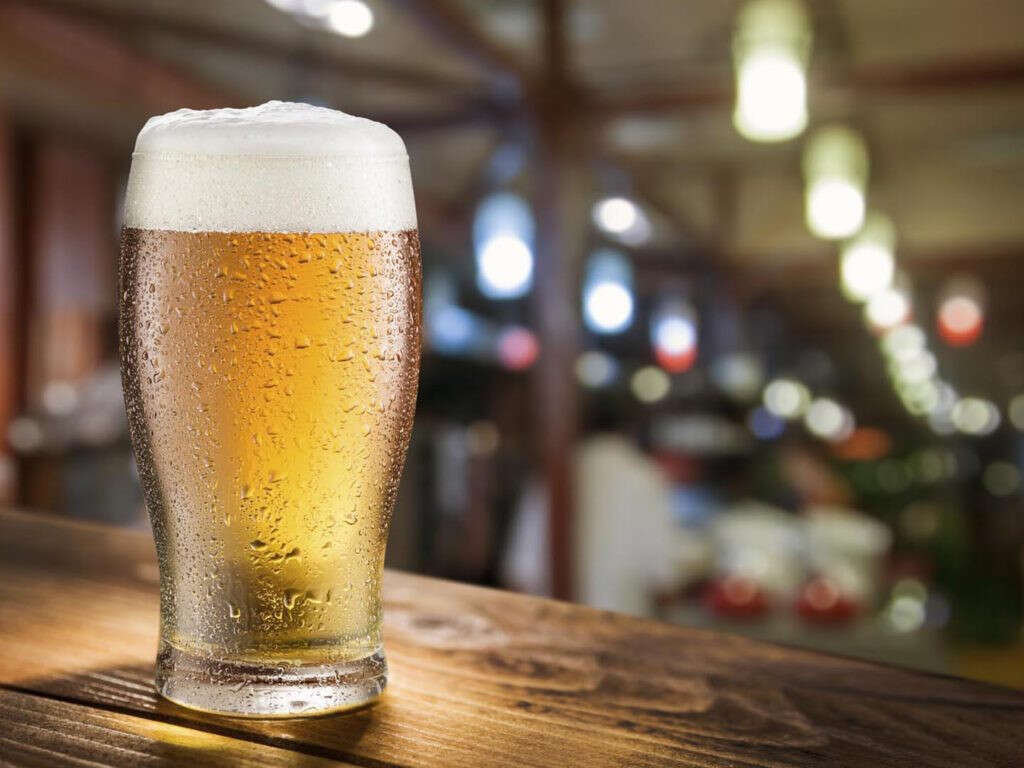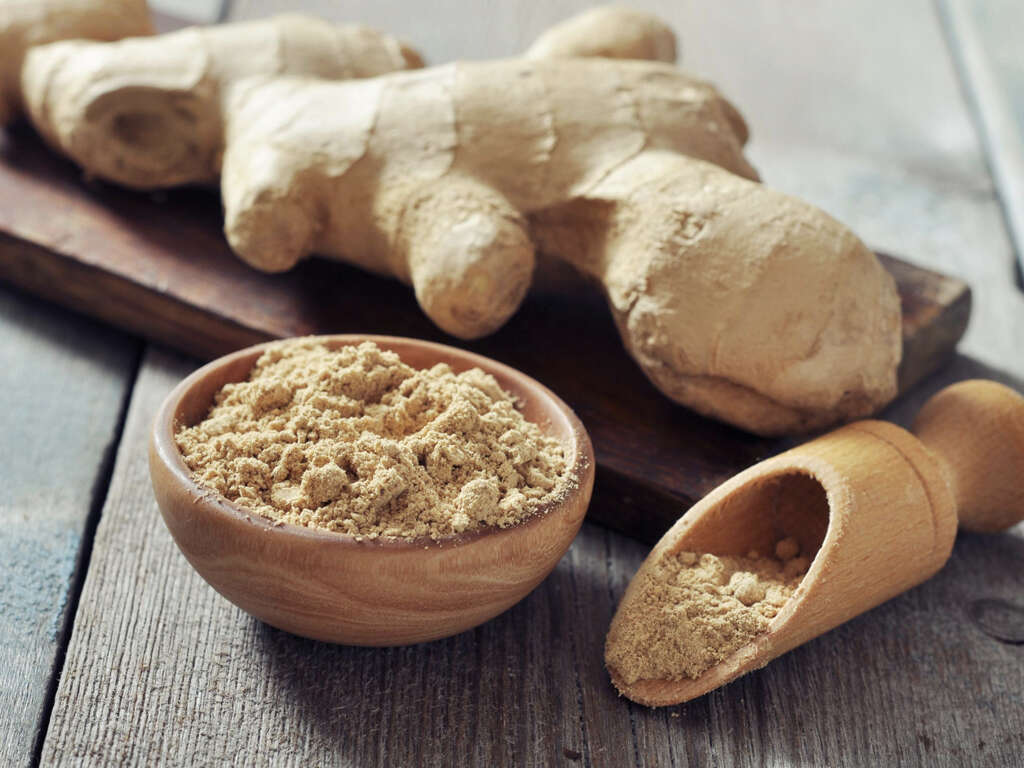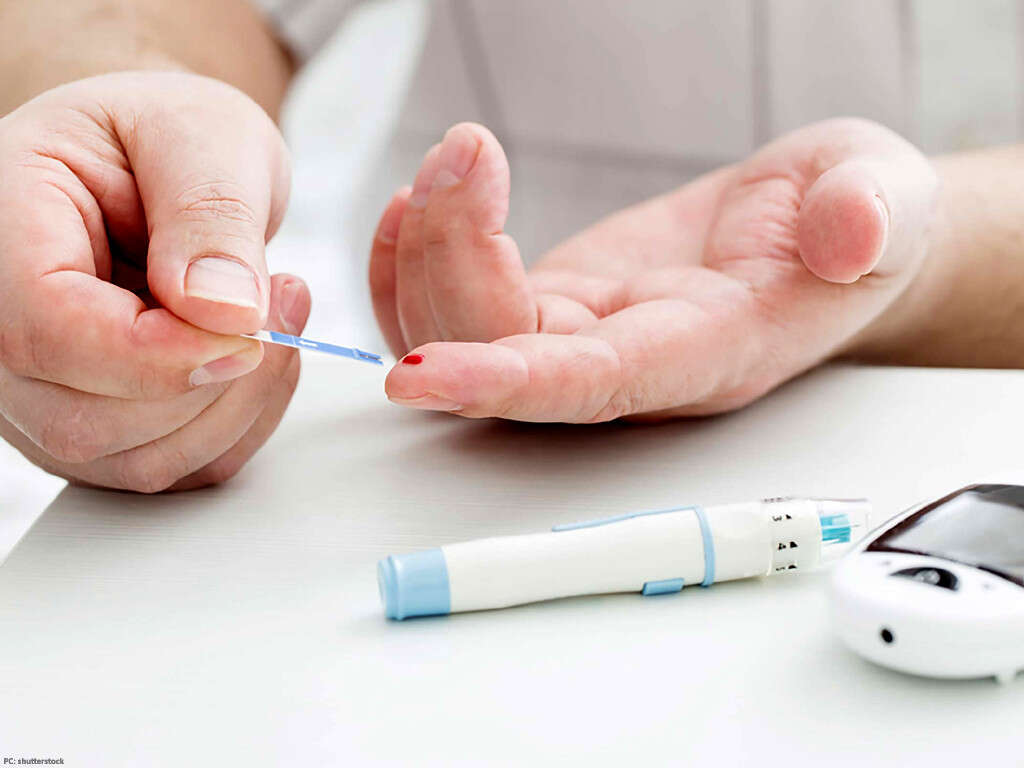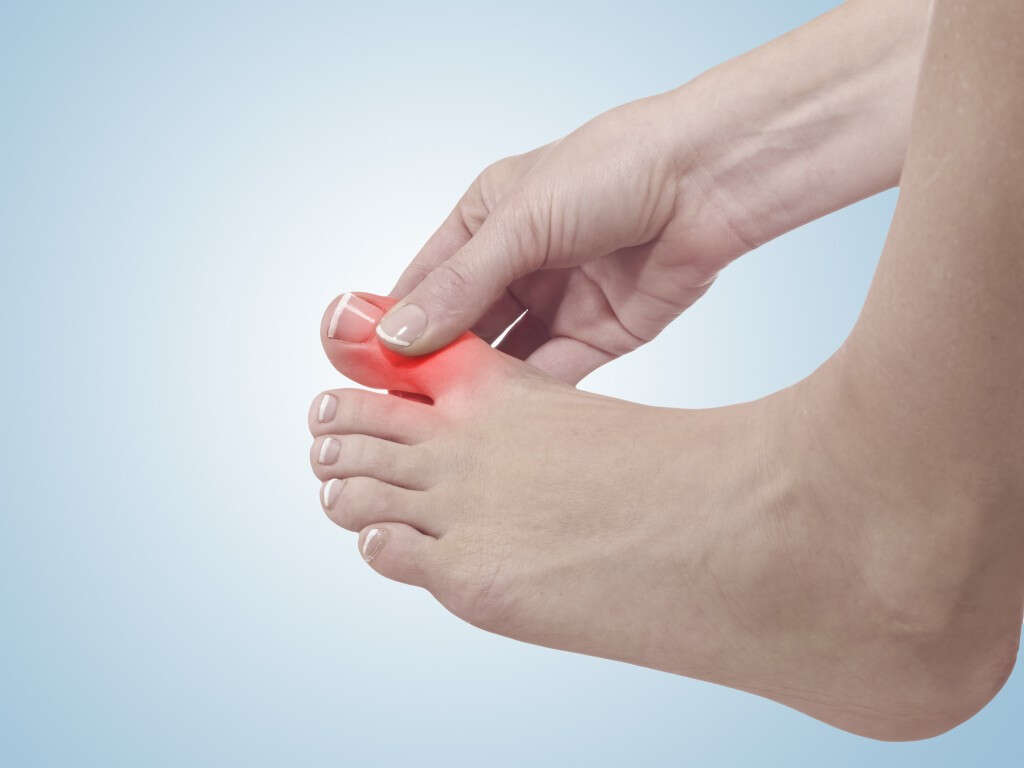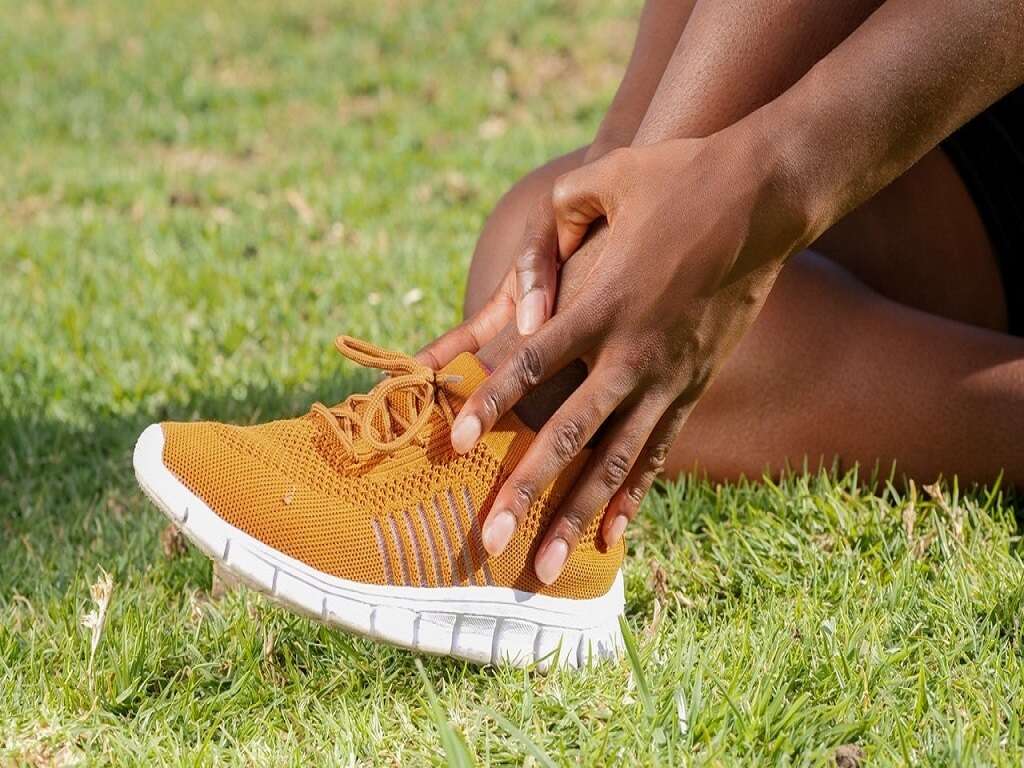10 Symptoms of Gout
 Article Sources
Article Sources
- 1. Goodman CC, Fuller KS. Pathology: Implications for the Physical Therapist. 3rd ed. Saint Louis, MO: Saunders; 2009.
- 2. Schlesinger N, Detry MA, Holland BK, Baker DG, Beutler AM, Rull M, Hoffman BI, Schumacher HR Jr. Local ice therapy during bouts of acute gouty arthritis. J Rheumatol 2002; 29(2): 331-334
Gout is a painful condition, typically found in those who suffer from arthritis. It typically causes damage around the big toe, so when people complain about gout, it is mainly in their feet. This condition occurs due to sodium urate crystals forming around the joint. They slowly grow into sharp, short needles and cause pain. Gout sufferers have this condition, which is called hyperuricemia, when uric acid builds up in the blood, however not all people with high uric acid levels suffer from gout. When hyperuricemia becomes chronic, it causes the uric crystals to form in the joint areas.
Gout can affect anyone, however it is most likely to be found in men over the age of 30. A number of risk factors make a person predisposed to having uric acid in their joints. These include diet, genetics, alcohol, a high purine-rich protein diet, joint injuries and medications.
Diet is the main cause of gout. The condition is triggered by eating high levels of uric acid, which is found mainly in alcoholic beverages, meats and seafood. It can also be caused by dehydration, provoked by certain beverages including coffee, tea, and alcohol. Medications can also trigger gout, such as diuretics to treat blood pressure or medications that compromise kidneys.
Symptom #1: Pain In The Toe
One of the first signs of gout that leads to a diagnosis is podagra, pain in the big toe. This is one of the most notable symptoms of gout, due to high levels of uric acid in the diet. The pain can linger from hours to days and can travel throughout the foot, ankles, hands, wrists or knees. This is the by-product when purines are broken down, which occurs in a diet high in mackerel, anchovies, beer or beef liver.
Typically, uric acid is excreted through the urine after travelling through the kidneys. Those who have gout produce too much uric acid and are unable to eliminate it properly, causing a build up of excess uric acid, called hyperuricemia. This happens to accumulate in the joint of the big toe, which results in soreness and an inability to walk around.
Symptom #2: Swelling
The pain from gout can lead to swelling, which causes enough discomfort to have to remove accessories and jewelry. Redness may occur due to the inflammation in that area and a searing pain is not an uncommon experience. It may subside over a period of days during a gout flare up and it may outlive the pain, causing long term tenderness in the joint area.
The redness can radiate across the body. If one toe is affected by gout, the rest of the foot may experience tenderness as it travels all the way up the calf and shin to the knee. This may inhibit walking and standing until it begins to heal, lasting for weeks.
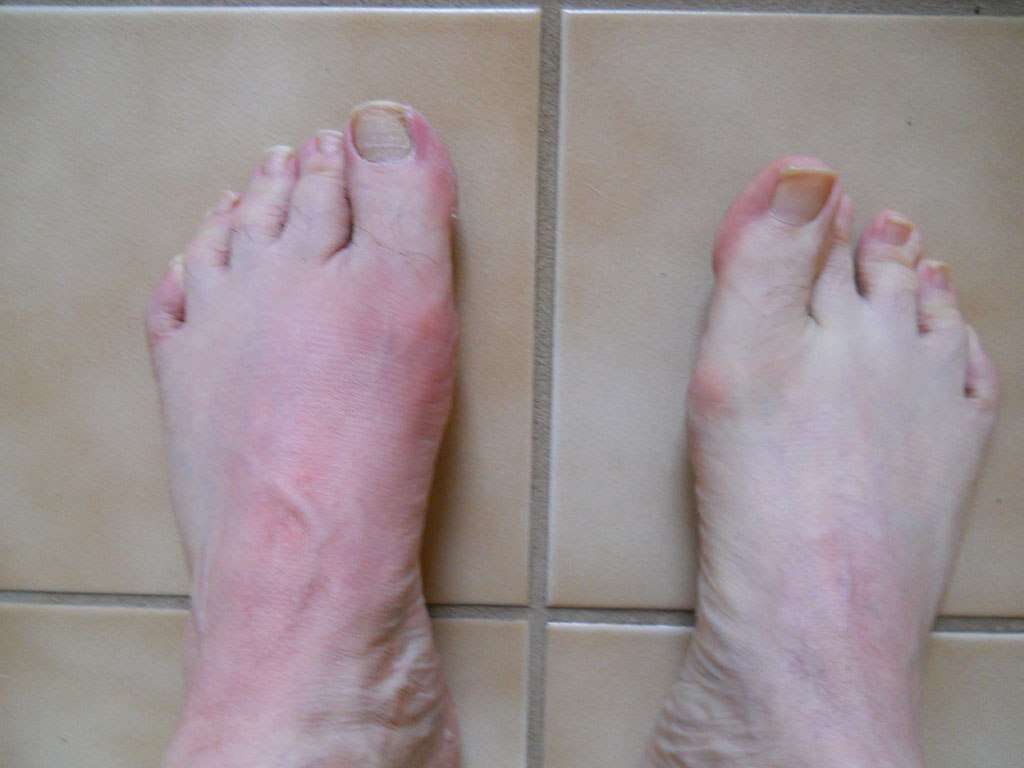
Symptom #3: Sudden Pain
When suffering from gout, a flare-up can be sudden and may seem random. It can occur after walking for too long or standing for too long. An unexpected attack can cause extreme pain, starting in the toes and moving up to the feet, legs and lower extremities. One second, you may be completely fine and the next, you may find yourself unable to stand or mobilize. The pain can be so sensitive, that another person’s movement may cause vibrations that affect it. The only solution at this time is diet change and medically prescribed drugs, rest and cold compresses to bring the swelling down and allow your body to recover.
Acute gouty arthritis is the most common clinical presentation of gout and is quickly developed with severe joint pain, swelling and tenderness. Symptoms generally begin with a sudden onset of localised, intense pain, often occurring at night. It reaches its maximum within 12 hours and manifests with redness in the first metatarsophalangeal joint, found in the foot. Having crystals in the joint fluid, which causes the sudden pain and eventual degradation of arthritis, has been the gold standard for the diagnosis of gout.
Symptom #4: Skin Peeling
As the tissue surrounding the affected joint becomes damaged, the skin begins to stretch out. This leads to red, flaky and itchy skin that begins to peel. It will look and feel like something similar to a sunburn.
Usually, this symptom occurs after the flare up has gone on for a period of time and is more extreme. By the time you have gout symptoms, the uric acid has been building up for a long period of time in one or more of the joints. Once an attack has occurred, contact your doctor for medical advice. In some cases, bleeding may even occur as the skin peels and cracks from the inflammation.
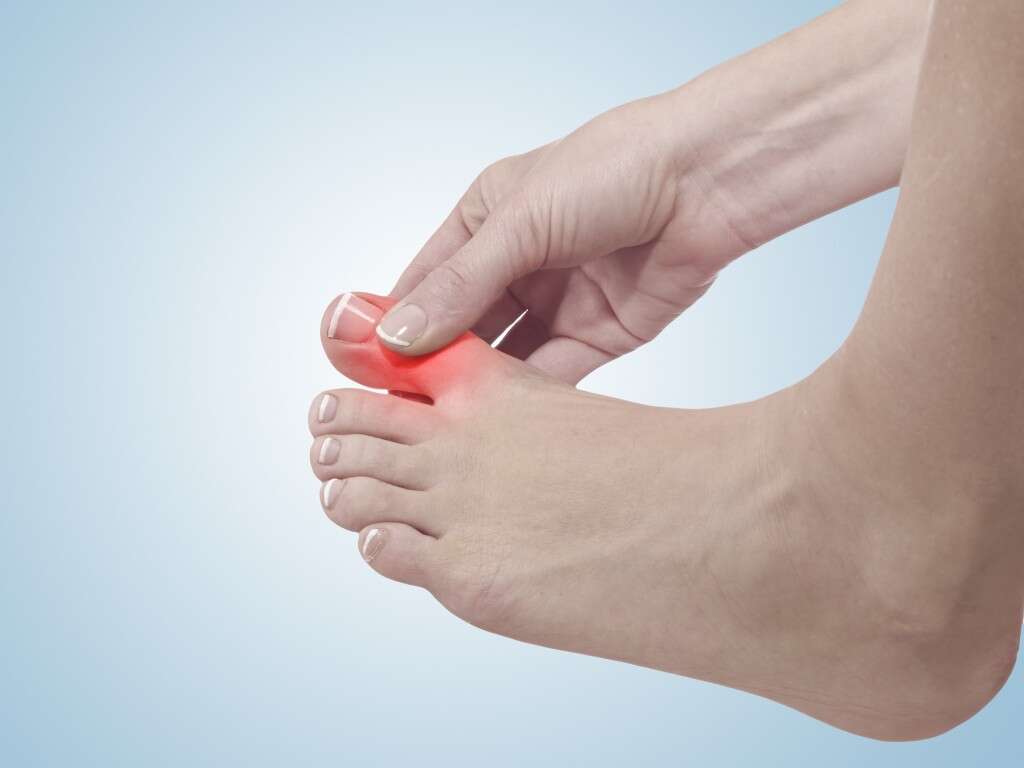
Symptom #5: Pain At Night
If you have had a gout attack, it is not uncommon to have another one within the year. A common time for gout pain is at night, while asleep. People with gout may find themselves waking up in the middle of the night with excruciating pain, inhibiting them from being able to sleep soundly and peacefully. The gout attack may strike at any time but it is common to suffer from it at night.
If you suffer from a gout attack, the pain can be amplified by movement, rubbing, or even just crossing your legs. Even the slightest contact from the person next to you moving the bed sheets can cause the pain to exaggerate. Walking or standing may be so painful that you may want to lay in bed, however lying in bed can be just as severe.
Symptom #6: Hot Sensation
When the joint area is swollen, the inflammation can lead to it feeling very warm. The heat may radiate off the skin, something similar to having a fever or hot flash. The skin will seem to be heating up within and the redness may feel warm. Once the swelling subsides or something cool is placed over the region, the heat sensation may subside as well.
Applying an ice pack to the painful joint may help reduce the inflammation. Consider wrapping a pack of crushed ice in a ziplock bag and covering it with a paper towel. Apply this to the area for about 30 minutes several times a day. Drinking fluids and staying hydrated will also help flush out uric acid as well as prevent kidney stones. Aim for about 16 cups of fluids a day, at least half of them being water.
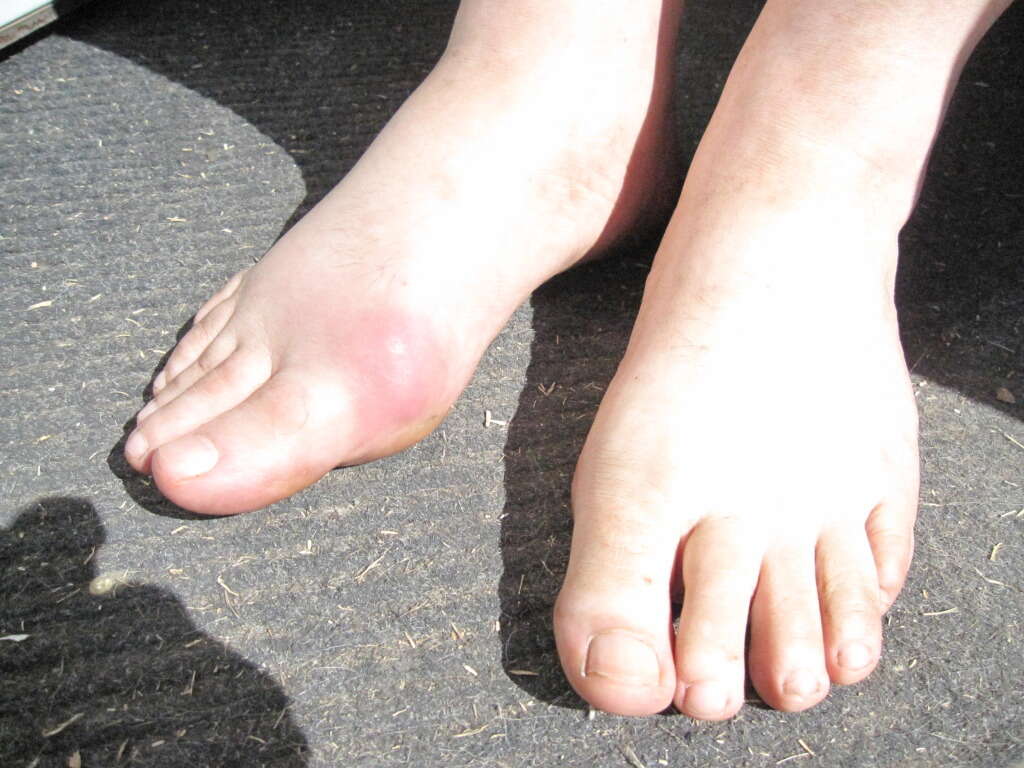
Symptom #7: Fever
Another uncomfortable symptom that occurs when gout spreads throughout the body is having a chronic, low grade fever, a result of inflammation. Polyarticular gout, which is when the condition affects other parts of the body, triggers the fever.
The inflammation can become so intense that fever and flu-like symptoms may occur. This may be a sign of infection, so it is important to seek medical care immediately if you have a fever or if you notice that you have a joint that is hot and inflamed.
Symptom #8: Kidney Stones
Gout may be an extremely painful condition, which can lead to kidney stones. The buildup of uric acid is able to travel to your urinary tract, where it causes kidney stones to form along with an incredible amount of pain. Having gout and high uric acid may be signs of chronic kidney disease. This means that the kidneys have not been working at a normal level for at least 3 months. The uric acid cannot be excreted from the urine and has been building up. Although the loss of kidney function can not be reversed, it can be slowed down. It is important to treat your gout early to protect your kidneys from more harm.
If left untreated, the kidney stones can hurt the kidneys by blocking them from removing waste, which can cause infection. It can also cause scarring in the kidneys because of the sharp edges that shape uric acid. Both of these issues lead to chronic kidney disease and may even reach kidney failure.
If you see blood in your urine or have severe abdominal and back pain, consider speaking with a doctor. These are signs of kidney stones. They can be so intense that you may even feel nauseous as a secondary symptom.
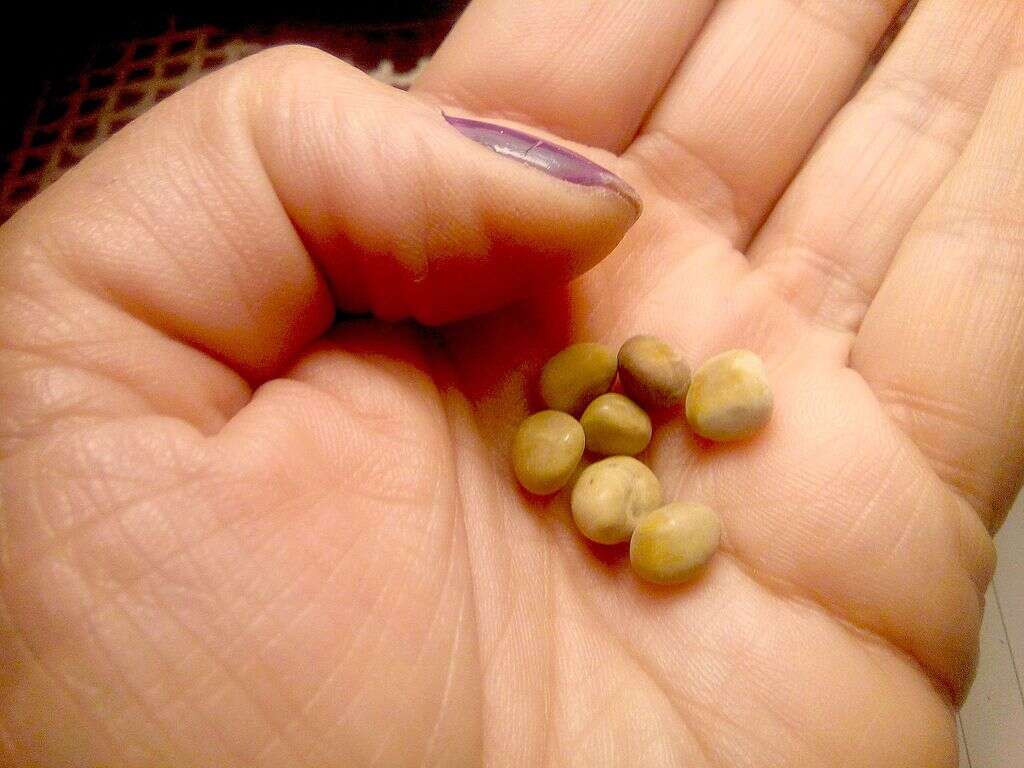
Symptom #9: Chronic Tophaceous Gout
This can occur if gout is left untreated and the symptoms continue to spread throughout the body. It can take up to 10 years for this to develop. In this stage, the hard nodules, which are called tophi, develop in your joints, skin and soft tissue.
You can also find that tophi grows in your ears. This causes permanent damage that cannot be reversed after a period of time. It is important to take care of gout as it is occurring so that it does not turn into this type of chronic body ache throughout the body.
Symptom #10: Limited Range of Motion
According to the British Society for Rheumatology, “intra-articular tophi limiting the knee joint range of motion is a rare but important cause of walking disability in gout patients”1Goodman CC, Fuller KS. Pathology: Implications for the Physical Therapist. 3rd ed. Saint Louis, MO: Saunders; 2009.. It is important to receive MRI tests in order to distinguish the subcutaneous tophi over the knee. It is difficult to diagnose based on a physical examination and it is important to not overlook.
Physical therapists and trainers should be aware of any patients with a history of gout. During acute gout episodes, the physical therapist should focus on managing and assisting to protect the affected joints. Research suggests that cryototherapy, or “cold treatment,” may help to alleviate the pain associated with acute bouts of gout2Schlesinger N, Detry MA, Holland BK, Baker DG, Beutler AM, Rull M, Hoffman BI, Schumacher HR Jr. Local ice therapy during bouts of acute gouty arthritis. J Rheumatol 2002; 29(2): 331-334. A suitable exercise routine and keeping weight under control are two necessary components to staying active while suffering from gout.


